BEST SOLUTION FOR OPENCART ALL LEATHER PRODUCT 30% OFF
Many tanning methods and materials exist. The typical process sees tanners load the hides into a drum and immerse them in a tank that contains the tanning "liquor." The hides soak while the drum slowly rotates about its axis, and the tanning liquor slowly penetrates through the full thickness of the hide. Once the process achieves even penetration, workers slowly raise the liquor's pH in a process called basification, which fixes the tanning material to the leather. The more tanning material fixed, the higher the leather's hydrothermal stability and shrinkage temperature resistance.
Specializing in Discounted Leather
Crusting is a process that thins and lubricates leather. It often includes a coloring operation. Chemicals added during crusting must be fixed in place. Crusting culminates with a drying and softening operation, and may include splitting, shaving, dyeing, whitening or other methods.
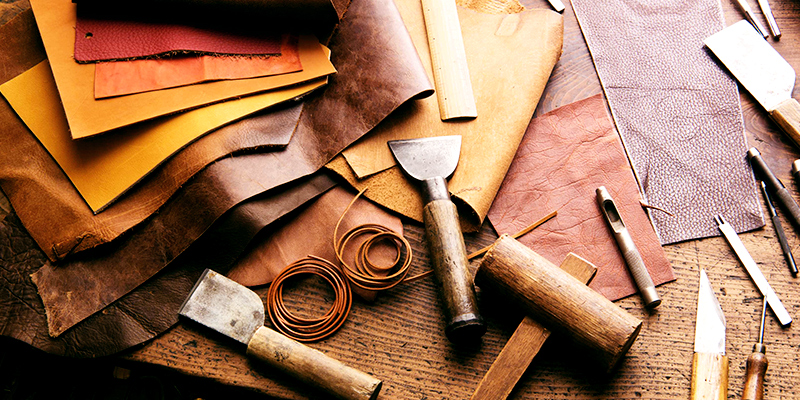
Leather Love Minimum 30% Off
Tanning is especially polluting in countries where environmental regulations are lax, such as in India, the world's third-largest producer and exporter of leather. To give an example of an efficient pollution prevention system, chromium loads per produced tonne are generally abated from 8 kg to 1.5 kg. VOC emissions are typically reduced from 30 kg/t to 2 kg/t in a properly managed facility.
Stylish Leathers Bags For Man And Woman,s
Leather usage has come under criticism in the 20th and 21st centuries by animal rights groups. These groups claim that buying or wearing leather is unethical because producing leather requires animals to be killed However, according to the LCA report for the United Nations Industrial Development Organziation, 99% of the raw hides and skins used in the production of leather derive from animals raised for meat and/or dairy production.
Stylish Leather Collection For Man Woman,s
- Leather Shoe
- Leather Bags
- Leather Jackets
Tanning is a process that stabilizes the proteins, particularly collagen, of the raw hide to increase the thermal, chemical and microbiological stability of the hides and skins, making it suitable for a wide variety of end applications. The principal difference between raw and tanned hides is that raw hides dry out to form a hard, inflexible material that, when rewetted, will putrefy, while tanned material dries to a flexible form that does not become putrid when rewetted.
By HetmayarLeather theme is an elegant powerful and fully responsive OpenCart theme with modern design Specializing in Discounted Leather.

Many tanning methods and materials exist. The typical process sees tanners load the hides into a drum and immerse them in a tank that contains the tanning "liquor." The hides soak while the drum slowly rotates about its axis, and the tanning liquor slowly penetrates through the full thickness of the hide. Once the process achieves even penetration, workers slowly raise the liquor's pH in a process called basification, which fixes the tanning material to the leather. The more tanning material fixed, the higher the leather's hydrothermal stability and shrinkage temperature resistance.
leather is used in wallets and belts. Stingray leather is tough and durable. The leather is often dyed black and covered with tiny round bumps in the natural pattern of the back ridge of an animal. These bumps are then usually dyed white to highlight the decoration. Stingray rawhide is also used as grips on Chinese swords, Scottish basket hilted swords, and Japanese katanas. Stingray leather is also used for high abrasion areas in motorcycle racing leathers especially in gloves, where its high abrasion resistance helps prevent wear through in the event of an accident.

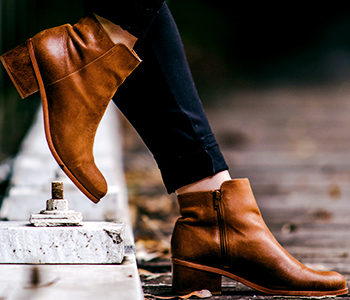
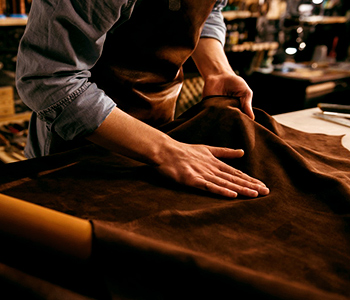






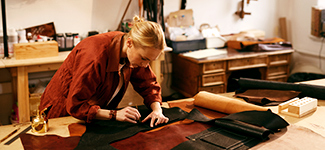
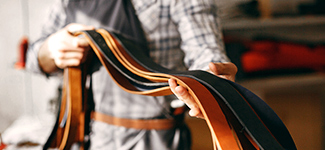
Robert John
January 13 2025Leather is used to make a variety of articles, including footwear, automobile seats, clothing, bags, book bindings, fashion accessories, and furniture. It is produced in a wide variety of types and styles and decorated by a wide range of techniques.
ReplyChristine Hill
December 27 2025Leather usage has come under criticism in the 20th and 21st centuries by animal rights groups. These groups claim that buying or wearing leather is unethical because producing leather requires animals to be killed.
Reply